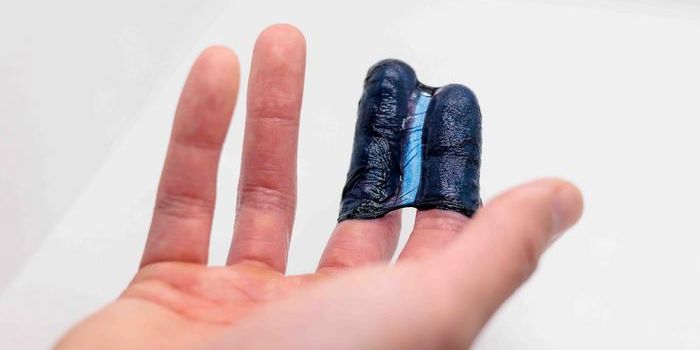Bacteria don't have intellect, but that doesn't stop them from recalling the past. Specifically, those times they're bombarded by viruses. The molecular immune system that many bacteria possess permits these microorganisms to grab and hold snippets of viral DNA they've come across before, allowing them to recall it and wipe it out when it returns.
Researchers are shedding light on this curious process.

"Microbes, like vertebrates, have immune systems capable of adapting to new threats," says assistant professor Luciano Marraffini, PhD, head of the Laboratory of Bacteriology, The Rockefeller University, New York.
"Cas9, one enzyme employed by these systems, uses immunological memories to guide cuts to viral genetic code," he says. "However, very little is known about how these memories are acquired in the first place." The findings show that Cas9 also directs the formation of these memories among certain bacteria, he adds.
The so-called "memories" are nestled in a CRISPR (clustered regularly interspaced short palindromic repeats) system, which serves as the bacterial version of an adaptive immune system. The system modifies the bacterium's genome, fastening short viral sequences (spacers) between the repeating DNA sequences that shape the "memories." The spacers serve as pathfinders for enzymes encoded by CRISPR-associated genes (Cas) that are on the lookout for the same viruses.
Cas9 must latch onto a neighboring prompt: a PAM (protospacer adjacent motif) sequence in the viral DNA. "Because Cas9 must recognize a PAM sequence before cutting the viral DNA, it made sense to us that Cas9 would also recognize the PAM sequence when the system is forming a memory of its first encounter with a virus," says grad student Robert Heler, a co-first author. "This is a new and unexpected role for Cas9."
Marraffini says with Cas9's importance to biotechnology, it's drawn interest for its behavior. "Our work reveals an overlooked role for Cas9: forming the memories that make adaptive immunity possible for bacteria," he says.
To learn more, consult the article in Nature online titled "Cas9 specifies functional viral targets during CRISPR-Cas adaptation."









